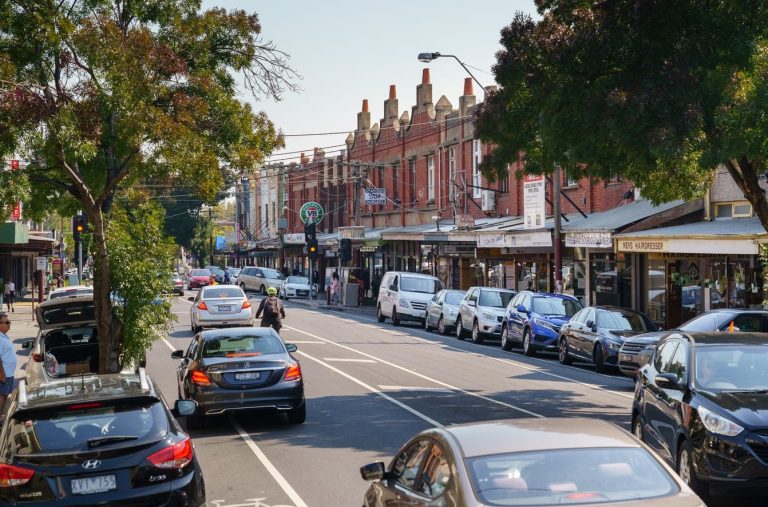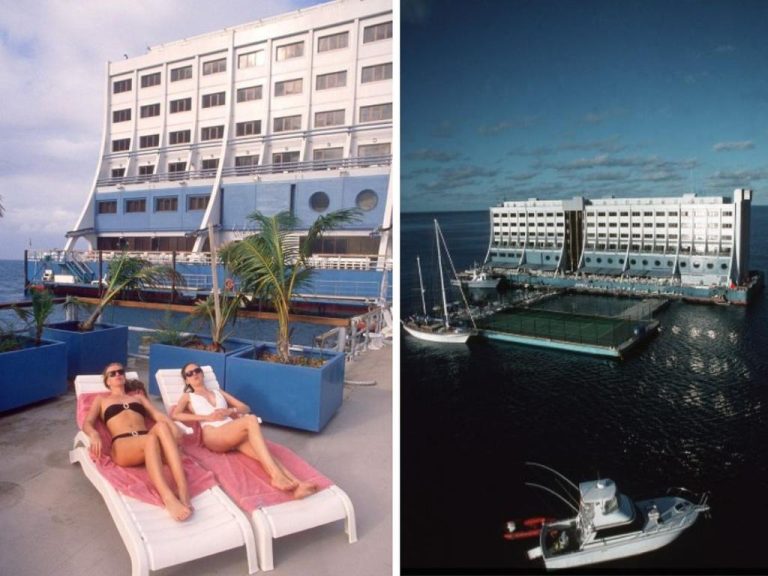Department stores have lost their lustre, but these labels are keeping the faith
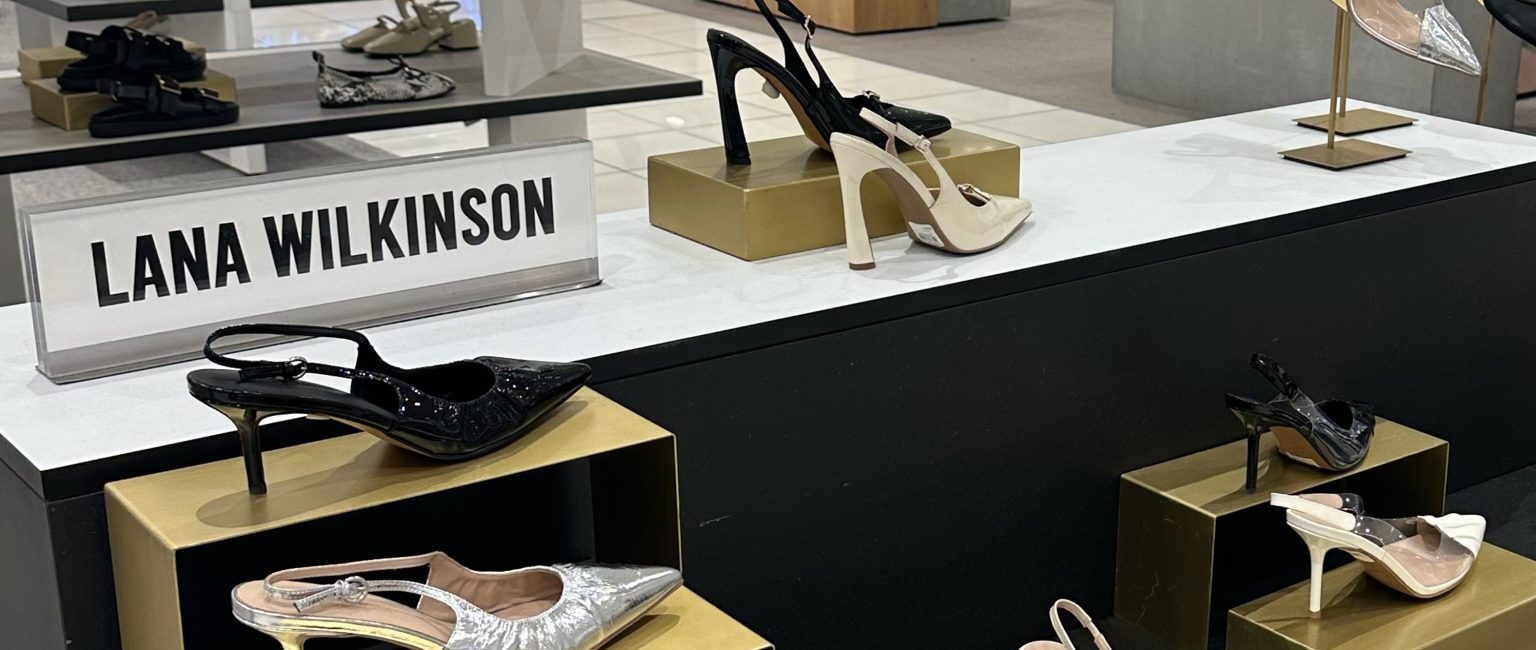
Department store rivalry has long defined the Aussie retail landscape– with both Myer and David Jones competing to secure fashion brands exclusively over the decades – hitting fever pitch in the early 2000s.
But now, in an era that has seen many consumers shift their habits to online shopping or prefer to visit designer boutique bricks and mortar stores instead, it has left many in the fashion business wondering do department stores still stack up in 2025?
The answer is still a combination of yes and no.
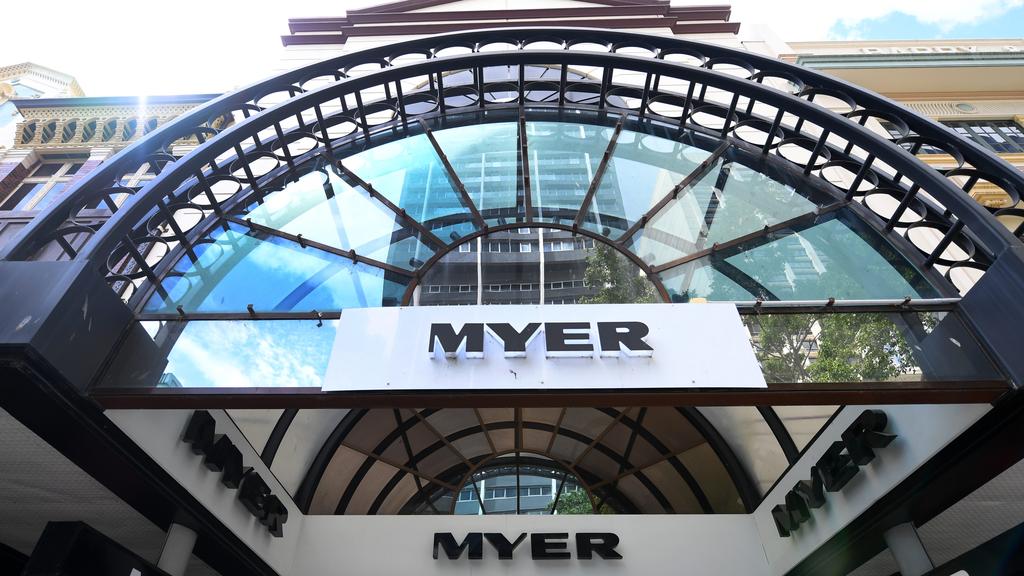
Myer has been closing stores and reducing floorspace amid an increase in online competition. Picture: NCA NewsWire / Dan Peled
Yes, the thrill of sensory in-store shopping still appeals to consumers; who want to touch and feel garments, try them on in change rooms and curate a selection of brands to compare when they do.
The flipside is consumers can’t always find their size when shopping in department stores, and rarely find a sales person willing to style and suggest as they shop. The incidental retail spend is less likely to happen when you don’t have sales staff suggesting how to mix and match your wardrobe.
In their heyday, department stores nurtured many Australia designers who took their brands globally – and in part owe their cult status thanks to a placement within them.
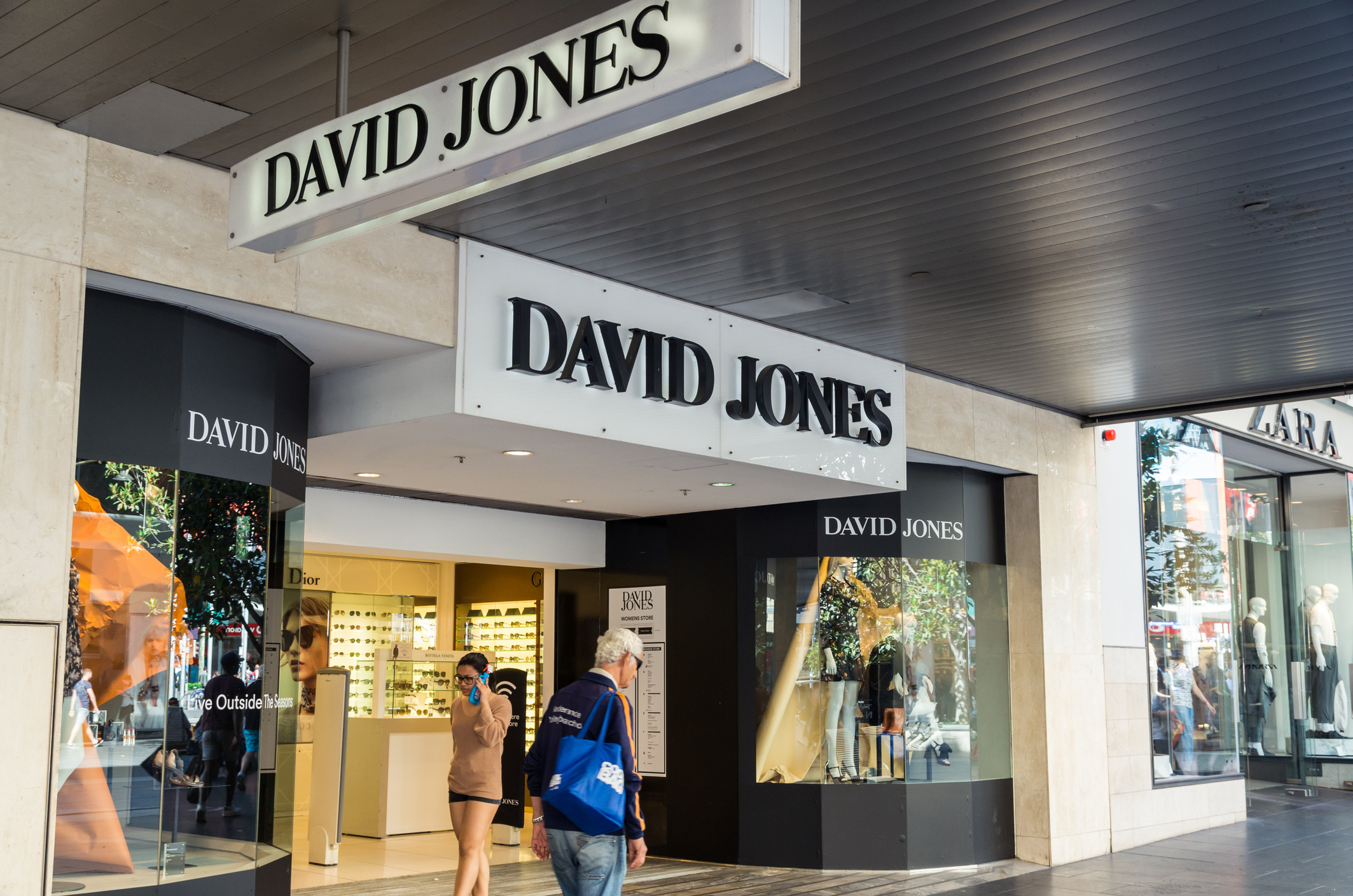
David Jones is the oldest department store in Australia. Picture: Getty
From Zimmermann to AJE, and yesterday’s heroines Liso Ho and Collette Dinnigan, home-grown designers enjoyed lucrative fashion careers thanks to a department store placement that took them from aspirational to must-have mainstream – and international runway shows thereafter.
According to creative director Chris Kontos who has helped launch many Australian brands over the years, department stores are a great strategy for those in a growth stage of their business.
“Securing a major department store can be the icing on the cake because it not only drives volume to support manufacturing, but also offers visibility and credibility that’s hard to replicate,” Mr Kontos said.
“That said, it often comes at the cost of slimmer margins. In many ways, it’s like having a premium shopfront without the full burden of running your own retail space, but you need to enter that partnership with eyes wide open,” he said.
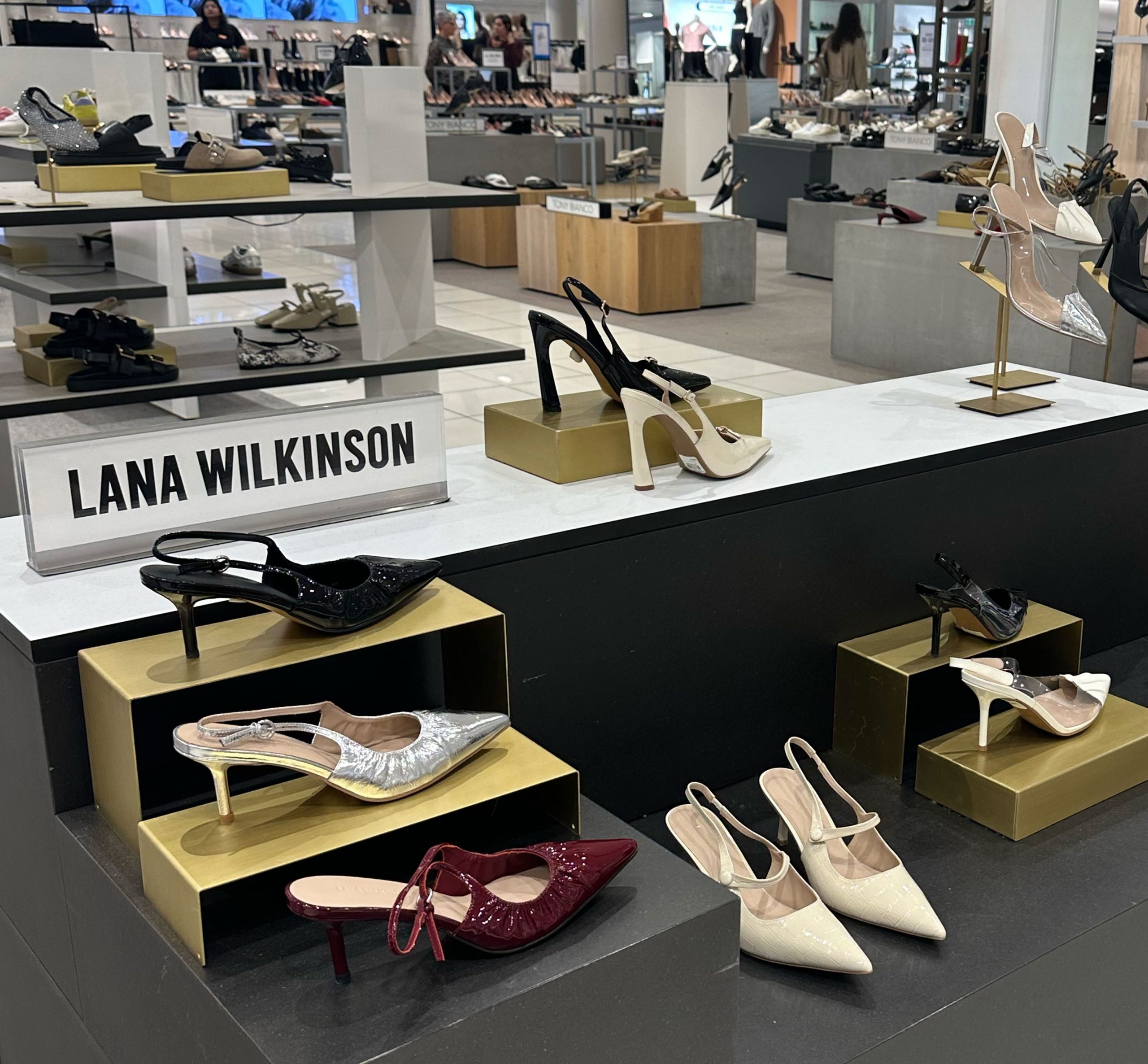
Melbourne-based shoe designer Lana Wilkinson has expanded into David Jones. Picture: Supplied
Mr Kontos says in today’s retail climate, some local fashion brands are bypassing the department store placement altogether, and opening their own shops instead, but for some categories – being in a department setting is essential.
“The department store model still plays a significant role when it comes to occasion wear,” says Kontos.
“Having stores in cities where a brand doesn’t yet have a footprint not only broadens reach but also elevates the brand by positioning it alongside premium competitors,” he said.
Melbourne fashion designer Effie Kats, who will open her first boutique this year, joined David Jones less than 12 months ago – a pivot that has been crucial to her business success.
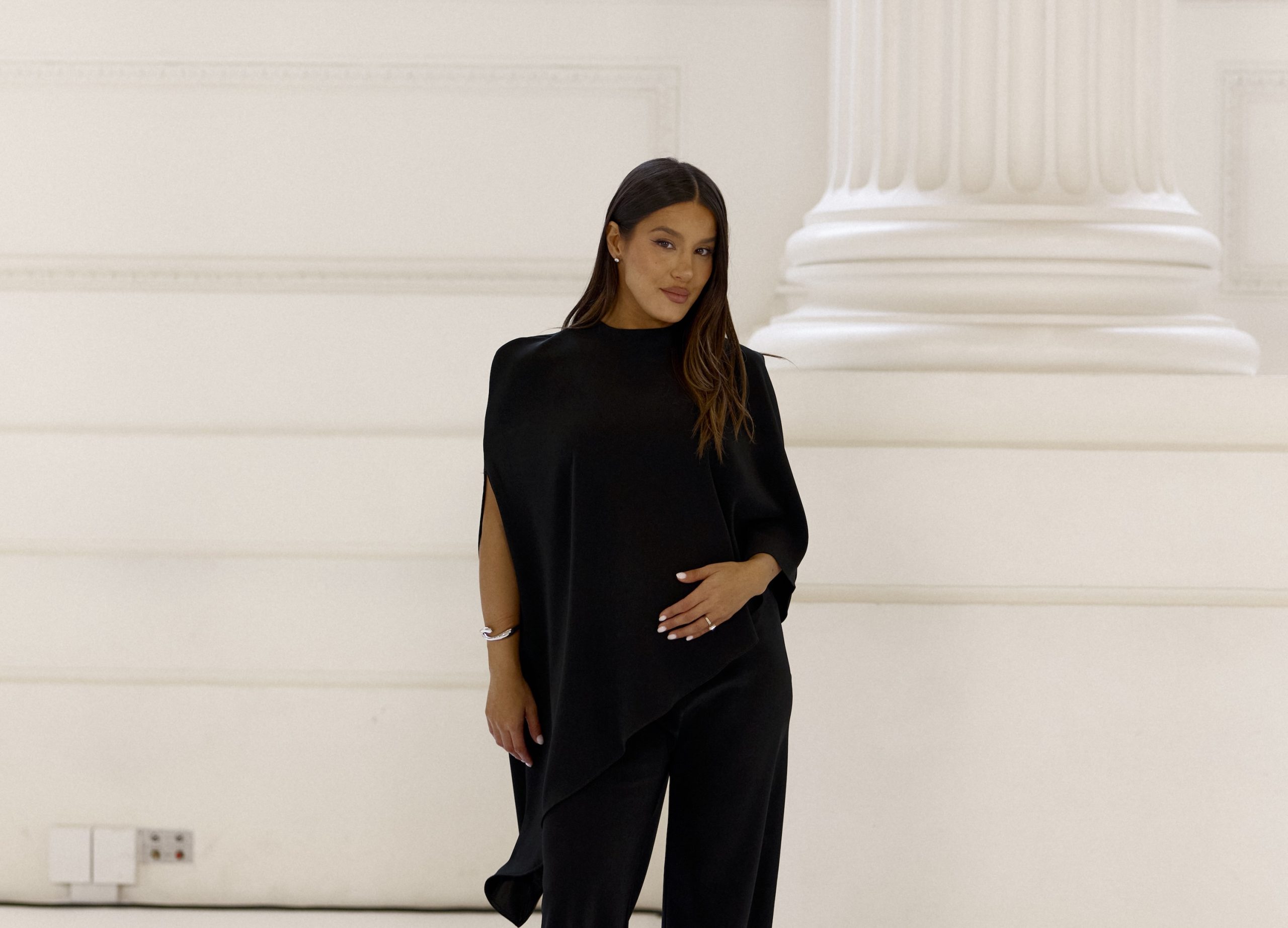
Melbourne fashion designer Effie Kats. Picture: Supplied
Her ready-to-wear and occasion collections are doing well in the department store; bringing in a new audience to her brand. The Verona dress has sold out multiple times at David Jones so far.
“David Jones has always been an Australian icon and always will be,” Ms Kats told realcommercial.com.au.
“I know department stores are really feeling the pinch at the moment, but for us, we’ve only had the most positive experience. We started in five storefronts and are expanding to another 10. The brand is trading strongly and it’s brought increased visibility. Those customers that would not have otherwise been aware of us, have now discovered us,” Ms Kats said.
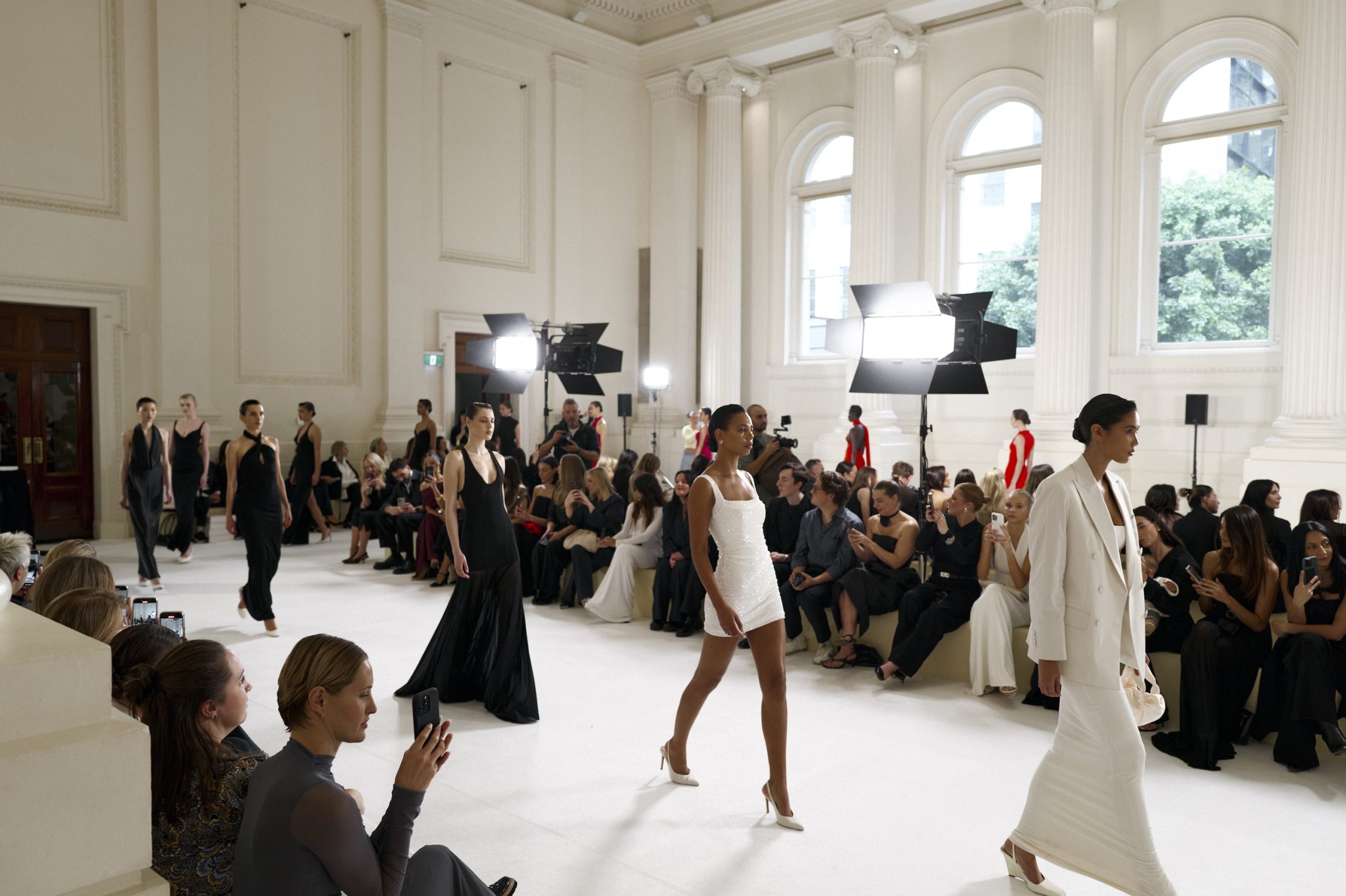
Designers like Effie Kats see department stores as a valuable avenue for expansion. Picture: Supplied | Effie Kats Spring Summer Runway.
Myer, who used to sponsor Flemington’s Fashion on the Field each Spring Racing Carnival, was renowned for its strong stable of international and Australian designers in store. In 2014, they brought out fashion designer Roland Mouret from Paris who spoke about racing couture, while Australian designer Alex Perry began at David Jones and ended his department store placement with a final bow out of Myer in 2019.
“The in-store experience in Australian department stores is a tough one now; it feels like the magic has slipped away,” Mr Kontos said, who longs for an era that is no longer.
“I was in a Myer store in Adelaide recently, and although there weren’t many staff on the floor, the service I received was exceptional. It reminded me of what retail can be,” he said.
“I miss the glory days when you’d walk into a department store and be greeted by piano music in the lobby or the smell of freshly baked cookies. That sense of theatre and hospitality made shopping an occasion.”
For shoe designer Lana Wilkinson, all is looking up ever since she secured a coveted spot in David Jones last August. Her brand has experienced significant growth and now expanding from five to 13 stores across the country.
“It’s quite the pinnacle moment for my brand to be in David Jones,” Ms Wilkinson said. “It’s been six years since we launched and to have this sort of growth and stamp of real fashion credibility within Australia has been amazing.”
She’s the first to admit that being in a department store has brought more customers their way. It’s also allowed her to create exclusive shoe designs which you won’t find on her website.
“Customers want to be able to try on our shoes in a way they couldn’t access before. They discover our brand at David Jones, and we now hold more floor space now than when we launched and it’s working well for us,” Ms Wilkinson said, hinting that she’s also looking for a boutique to open having tested the retail space with an Emporium pop-up earlier this year.
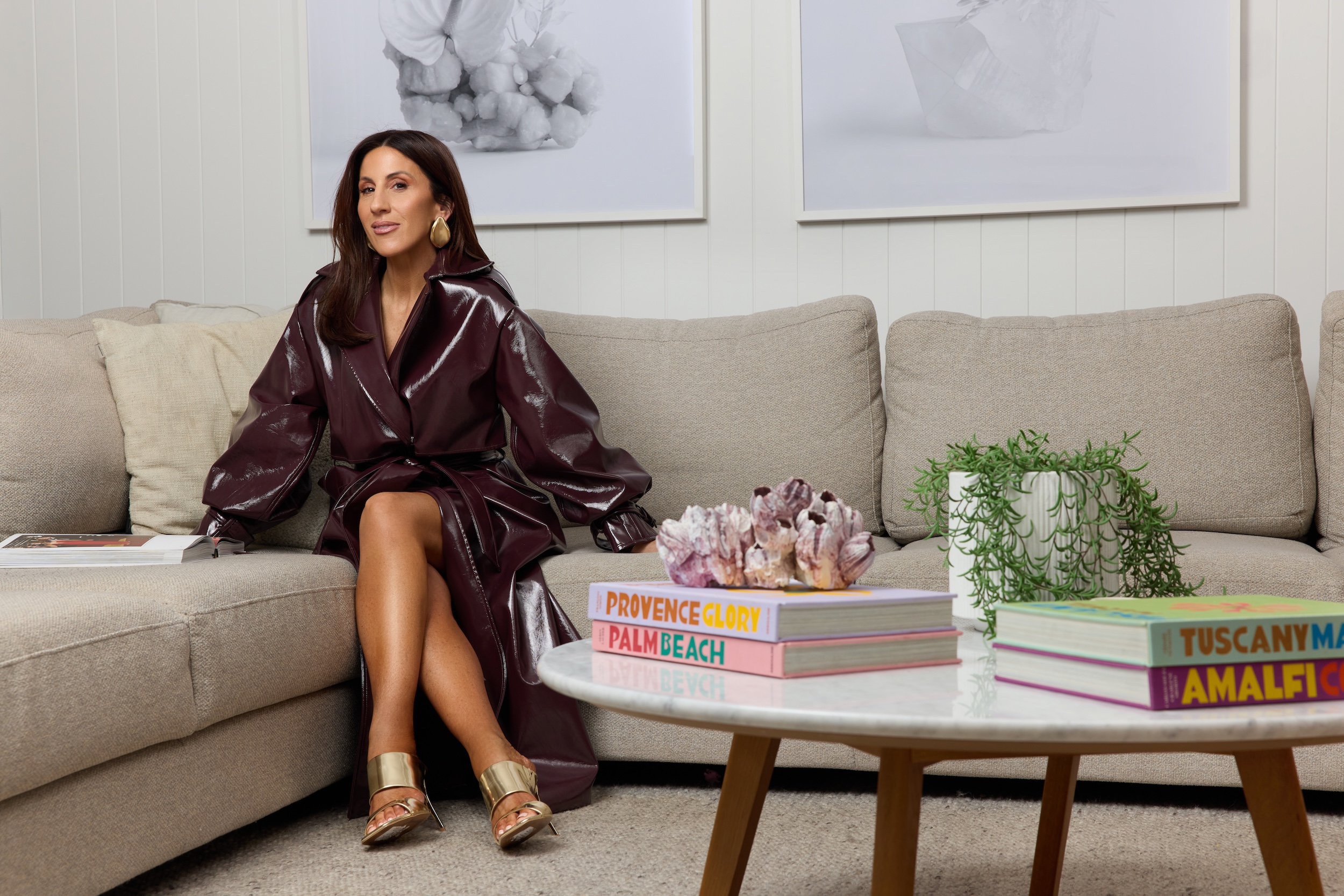
Melbourne shoe designer Lana Wilkinson. Picture: Melissa Cowan
According to Mr Kontos, strategy is key when it comes to partnering with a department store.
“I’ve seen so many incredible examples over my 25 years in the industry,” he said.
“What really stands out is when a brand combines a strong local strategy with consistent growth. AJE is a great example; their footprint has expanded year on year, and they’ve built a loyal following while staying true to their aesthetic.
“Other brands that are really making their mark include Lana Wilkinson, Effie Kats, and Acler, each of them carving out a distinct space in the market with sharp brand identity and smart positioning.”

